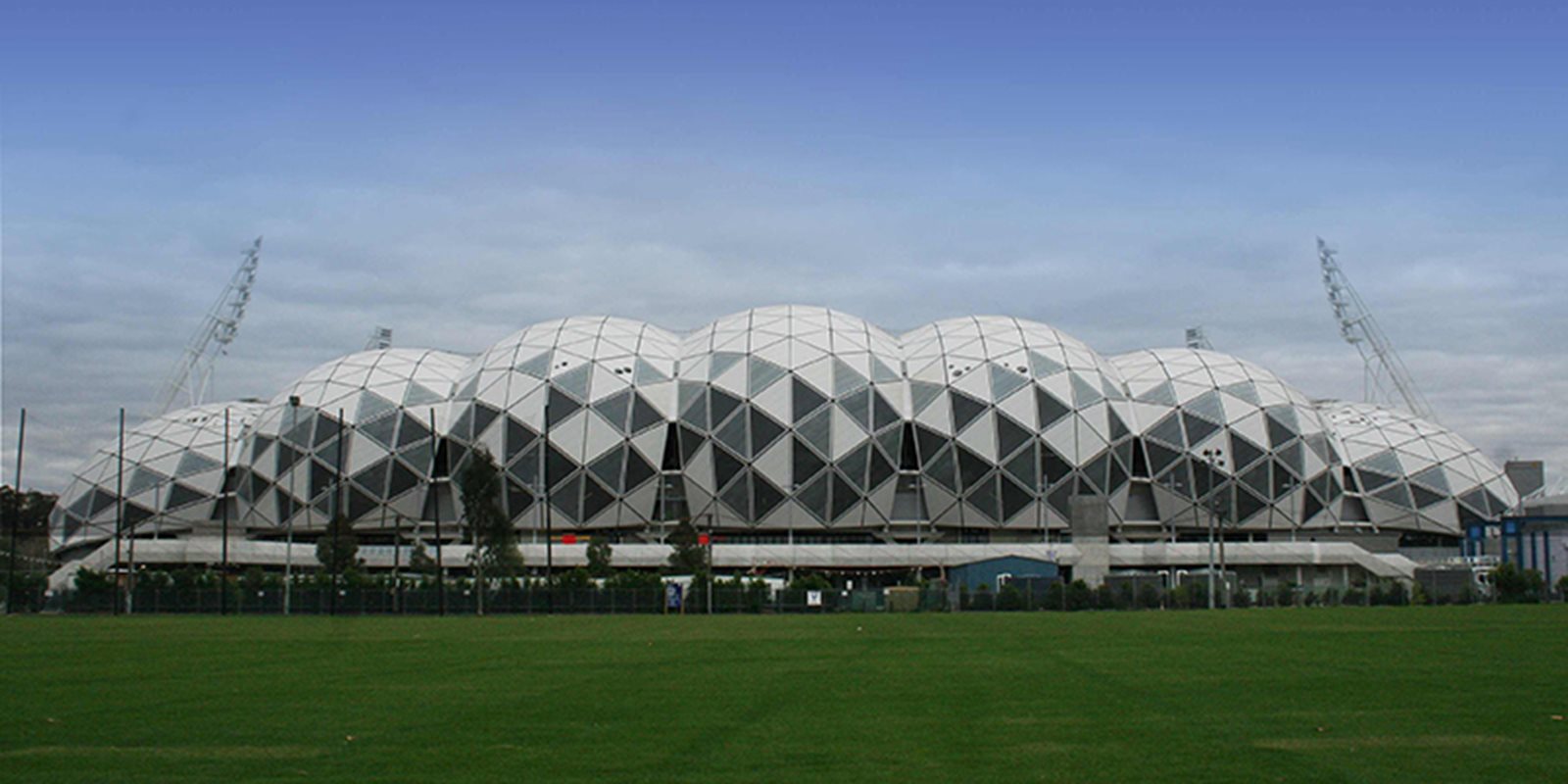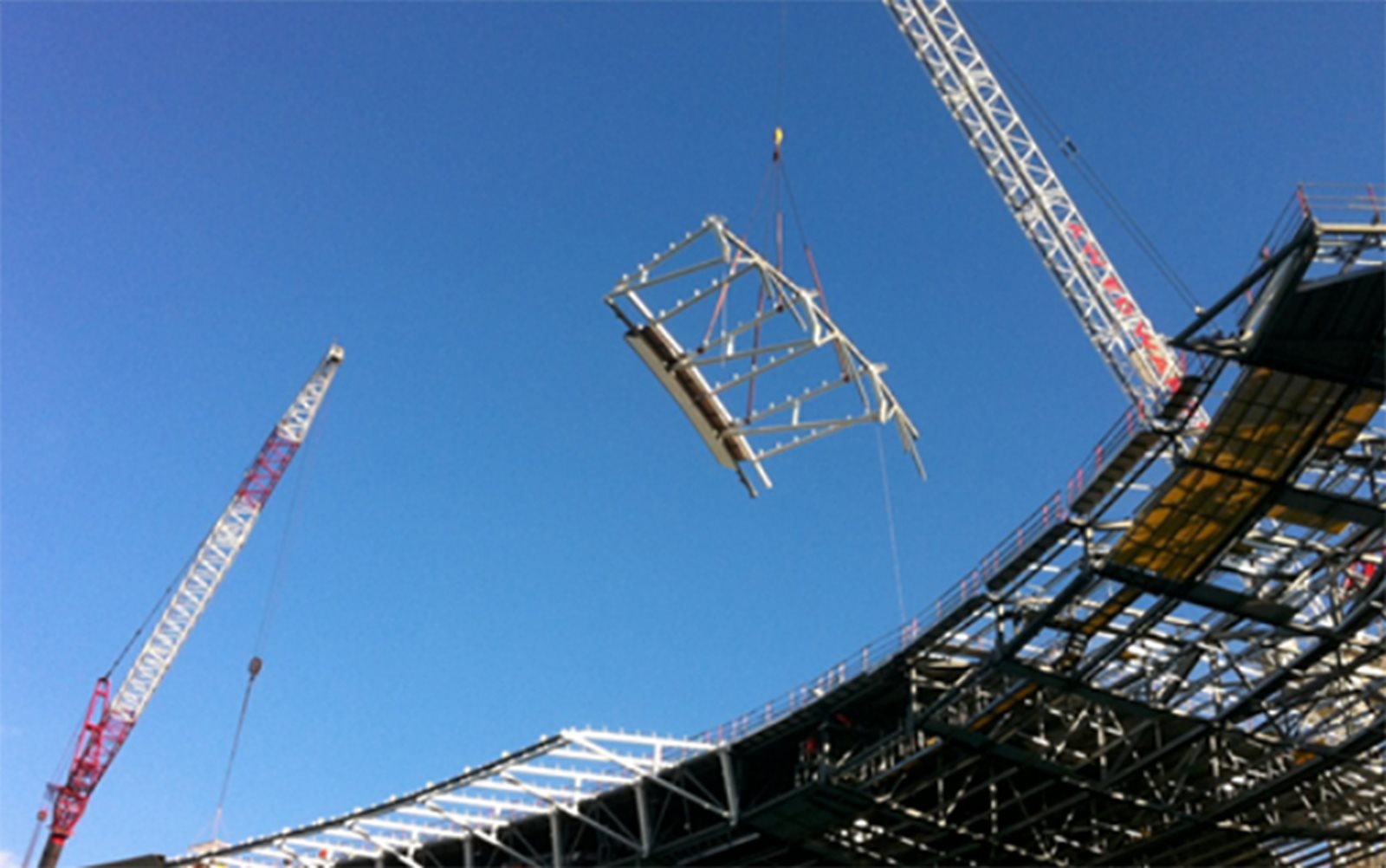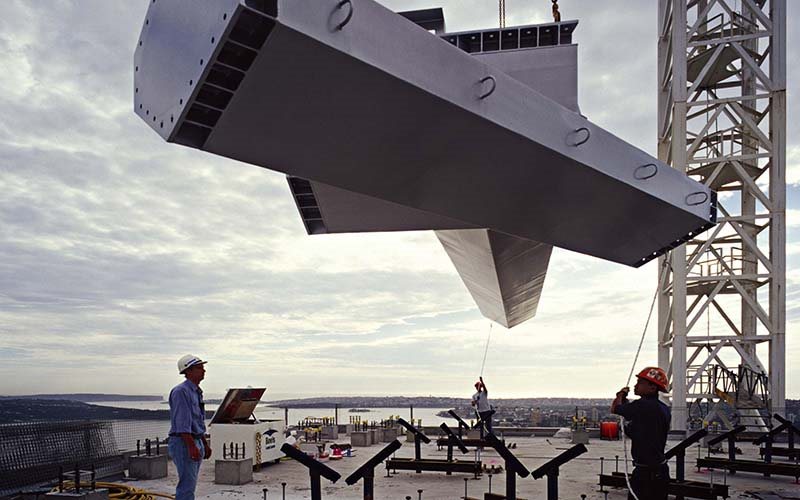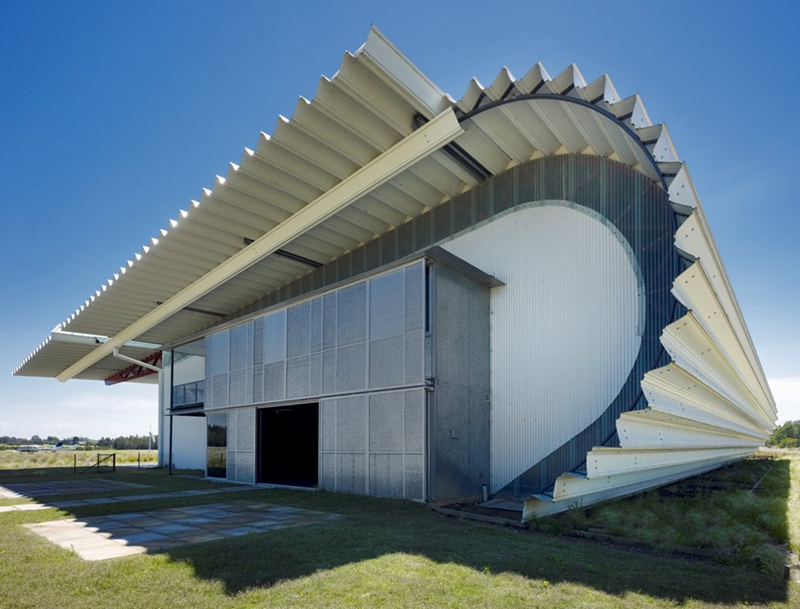

Steel has a unique combination of properties that make it an ideal construction material.
Steel offers a number of significant advantages relative to other building materials, including:
.jpg?variant=HalfWidth)
The majority of structural steelwork is prefabricated, with very little sitework required other than assembly via bolted connections. This leads to fast construction times and, with attention to staged delivery, decongested construction sites, which makes it ideal for congested CBD building projects on small sites.
Unlike concrete, steel frames are full strength as soon as they are completed, allowing immediate access for following trades. Steel decking provides a safe platform immediately for work to proceed. Innovation in construction is continually improving speed and safety outcomes.

With up to 70% labour reduction possible using a steel solution compared to alternatives, fewer people equals a safer construction site. Prefabrication and dedicated lifting points on assemblies make for defined well-controlled erection processes. Steel decking and integrated edge protection facilitate safer working platforms.
Faster construction means earlier handover and tenancy. Smaller member sizing (in particular, columns) equals greater net lettable space. Longer spans equates to more flexible internal spaces.
Steel is an inherently ductile material, responding to overload in a controlled fashion with managed load retention. The size and shape of steel members can be configured to provide a level of structural robustness not easily achievable with other more brittle construction materials.
Prefabrication of structural steelwork is the ‘business as usual’ case. Prefabrication brings fabrication shop control over quality and the dimensional accuracy of computer numerical control (CNC) machinery. Precise control over quantities reduces waste and workflows incorporating seamless integration back to the 3D design models ensure errors are minimised and architectural intent preserved.
A steel structure is intrinsically lighter than an equivalent concrete structure due to the higher strength and stiffness of steel. With lightness comes reduced load on foundations, hence smaller foundations and an ability to perform better for some ground conditions. Weight reduction enables retrofitting onto existing structures for extension or refurbishment. Adding extra floors to existing structures is a common example.

The versatility of steel gives architects the freedom to achieve their most ambitious visions. Combining form and function, steel can span incredible distances and offer slenderness and refinement to create what can only be described as ‘steel sculpture’.
Architects will appreciate the opportunities for architectural expression offered by steel, such as the:

Given steel is assembled on site, typically with bolted connections, it's easy to reconfigure steel elements to suit adaption of the building or structure to different purposes. The clear lines of load transfer allow strengthening and retrofitting with straightforward on-site welding. Reduced weight allows for additional floors or extensions on existing buildings. Large spans facilitate future repurposing of internal spaces with no or minimal structural modification.
Steel framing can easily and economically deliver Green Star (or IS) points by utilising:
All of the benefits offered by a steel solution are contained in the Environmental sustainability section.